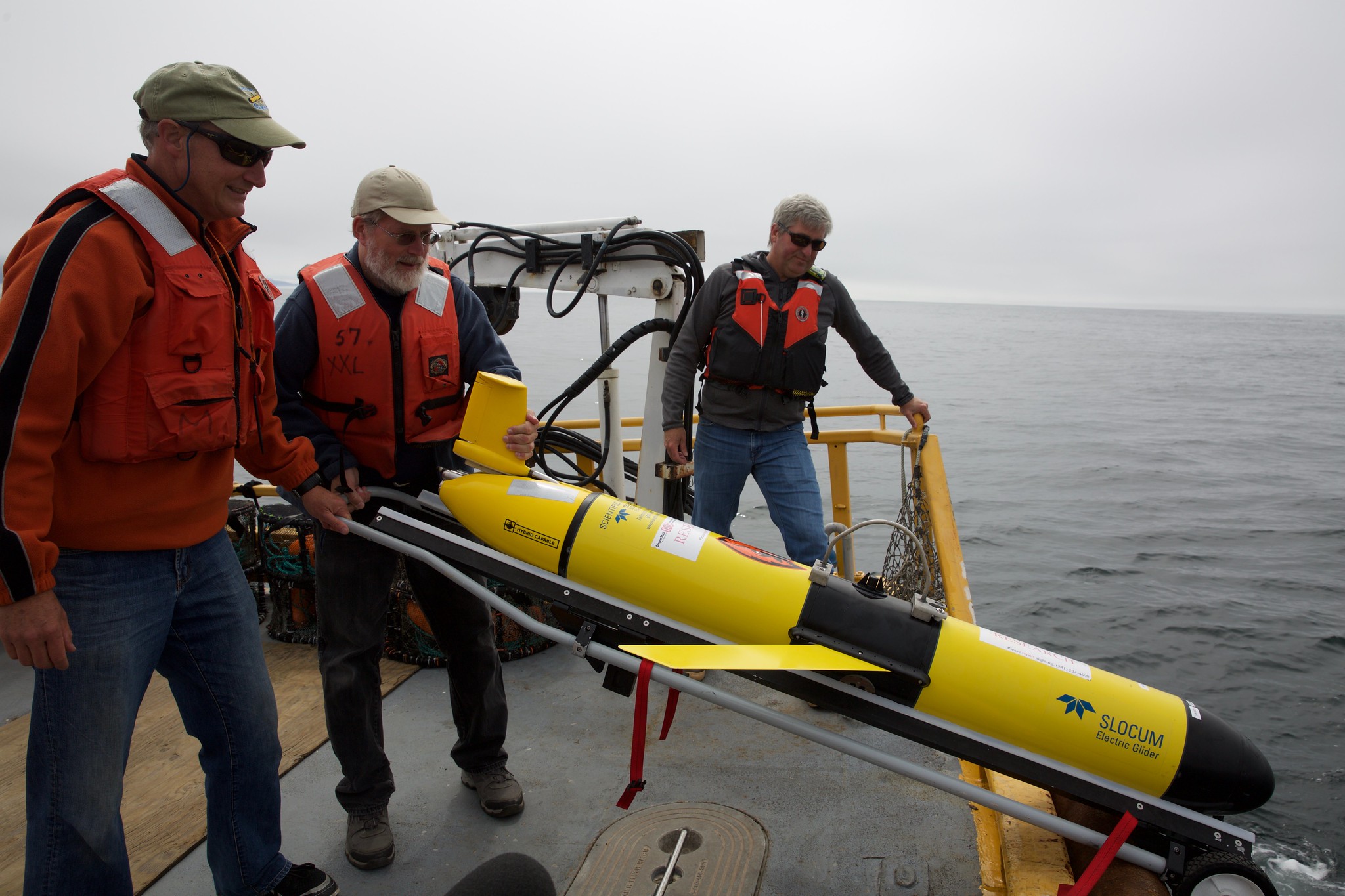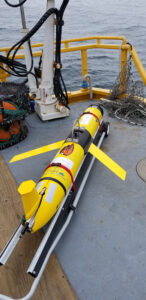
By MICHELLE KLAMPE/OSU News Service
Low oxygen conditions that pose a significant threat to marine life are widespread and increasing in coastal Pacific Northwest ocean waters as the climate warms, a new study shows.
Researchers found that in 2021, more than half the continental shelf off the Pacific Northwest coast experienced the low-oxygen condition known as hypoxia, said Jack Barth, the study’s lead author and executive director of Oregon State University’s marine studies initiative.

“We’ve known that low oxygen conditions are increasing based on single points of study in the past, but this confirms that these conditions are occurring across Pacific Northwest coastal waters,” said Barth. “The 2021 season was unusually strong compared to past years but with climate change, we are headed in a direction where this may be the norm.”
The new study, published recently in Nature Scientific Reports, is based on data collected by an unprecedented number of research vessels and autonomous underwater gliders that were collecting measurements in the ocean during summer 2021.
The vast amount of data gave researchers a more complete and nuanced understanding of hypoxia’s severity and distribution in the coastal waters of the northern California Current, said Barth.
“This picture has been needed for a long time by policymakers and fisheries managers who make decisions about ocean uses,” he said.
On average, nearly half of the continental shelf, an area the same size as Oregon’s Willamette Valley, experienced hypoxia during the summer upwelling period in 2021.
Wind-driven upwelling brings deeper, colder, nutrient rich water to the surface of the ocean, fueling a productive upper-ocean food web. However, that same upwelling pushes deep, low-oxygen water near the ocean’s bottom toward the coast. Dissolved oxygen levels are driven even lower near the seafloor by decay of naturally occurring phytoplankton raining down from above.
When oxygen levels drop significantly, many marine organisms including Dungeness crabs, cannot relocate quickly enough and die of oxygen starvation.
The data shows that some areas of the coastal ocean saw higher rates of hypoxia than others.
Areas of the southern Oregon coast experiencing less hypoxia, for example. Heceta Bank, a region about 35 miles off Florence that is known for its abundant and diverse marine life, also is more resilient to hypoxic conditions. However, the region inshore of Heceta Bank toward Cape Perpetua, where coastal waters are not as well flushed, is subject to hypoxia.

Mapping the varied rates of hypoxia along the coast also confirmed for scientists the interplay between the geography of the sea floor and ocean dynamics, Barth said.
“I was amazed when I saw the maps,” he said. “It really corroborates our understanding of how underwater geography affects hypoxia.”
A comparison of maps from past years shows a consistent trend of hypoxia increasing over time. Hypoxia was basically nonexistent, at 2 percent, from 1950 to 1980, about 24 percent from 2009 to 2018, and 56 percent in 2021.
That trend persists even when researchers account for year-to-year variability, Barth noted. Researchers are now developing maps for 2022 and 2023 using the 2021 maps as a guide.
The findings are intended to help policymakers and fisheries managers with additional decision-making tools as ocean conditions continue to change.
“On land, we know where the grassland is, where the forests are, where the rivers run so we can sustainably use those resources, Barth said. “If we don’t have that kind of understanding of the ocean, how do we make plans for sustainable use of the ocean?”
Co-authors of the paper came from OSU’s College of Earth, Ocean, and Atmospheric Sciences, the university’s Cooperative Institute for Marine Ecosystem and Resources Studies, two arms of NOAA Fisheries and the Oregon Department of Fish and Wildlife.
To see a YouTube video citing Jack Barth’s ocean work, go here



Important facts on what is happening … I’d also like to know why it’s happening. What has changed the most significantly along the Oregon Coast since 1950? Increase in population, pollution, sewage discharge, fishing, to name a few changes that may be affecting the environment.
Thanks for keeping us informed.
Katrina
Phytoplankton respiration uses up the oxygen. Phytoplankton blooms are happening more due to the increasing warmth globally. Climate change is causing all of this.
https://coastalscience.noaa.gov/news/primary-cause-dead-zones-biological-pacific-northwest-continental-shelves/